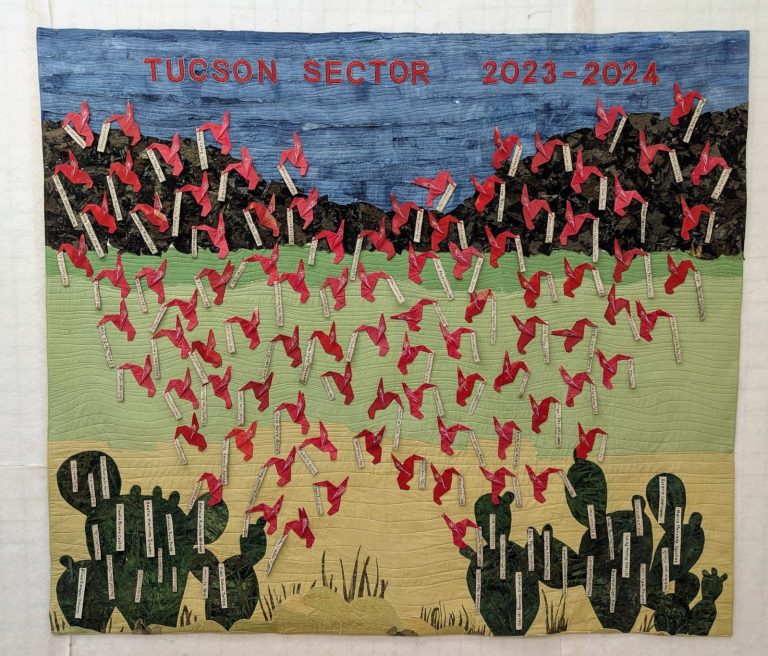After eight years of decline, enrollment at Chemeketa Community College starting to stabilize


(Rachel Alexander/Salem Reporter)
After eight years of declining enrollment at Chemeketa Community College, college leaders believe they are slowing the trend.
Four weeks into the fall term, full-time enrollment is at 3,217, a 1 percent drop from the same time last year. That’s less than the 3 percent drop the college anticipated when creating its 2018-19 budget, which eliminated 10 full-time staff positions.
In prior years, Chemeketa has seen drops between 4 and 6 percent.
“We consider down 1 percent pretty stable,” said Julie Huckestein, Chemeketa’s president. “We don’t believe that we’re probably going to drop any more.”
The college is the fifth-largest employer in Salem, with about 1,500 employees, and will receive about $32 million in state and $21.6 million in local funding this academic year, according to its adopted budget.
Statewide, full-time community college enrollment fell 3.6 percent this fall.
Community college experts said across Oregon and nationally, enrollment has been falling since the Great Recession, when many adults who couldn’t find work opted to return to school for training or to learn skills.
“The better the job market is and the stronger the economy, the more people are choosing to work instead of enrolling in community colleges,” said Patrick Crane, director of the office of community colleges and workforce development for Oregon’s Higher Education Coordinating Commission.
At 3.8 percent, Oregon’s unemployment rate is the lowest it’s been since at least 2000, according to the Bureau of Labor Statistics.
“If that levels off, you’ll probably see our enrollment do the same thing,” said John Wykoff, deputy director of the Oregon Community College Association.
Full-time enrollment is a count of the student body where multiple part-time students equal one full-time student. It’s the number that college leaders look at for budgeting purposes because state funding is granted based on the number of full-time equivalent students enrolled.
The total number of students at Chemeketa dropped by just under 5 percent this year to about 12,500. But much of that loss was in students taking non-credit courses, which include things like evening guitar lessons that community members pay a fee to attend, or trainings contracted through the state.
The total number of students taking any courses for credit was down 1.3 percent to 10,399.
(Graphic by Rachel Alexander/Salem Reporter)
For Neva Hutchinson, Chemeketa board president, the slowing enrollment decline will make planning for the college easier. A 1 percent drop is much easier to accommodate than the 5 or 6 percent enrollment declines the college has endured in recent years.
“That’s when the budgeting is difficult no matter what you do,” she said.
The college’s cost per full-time student has risen each year since enrollment peaked during the Great Recession, from $5,871 per student in 2009-10 to $10,840 per student per year in 2016-17.
That’s in part because the college has fixed operating costs such as building operations that aren’t reduced even when fewer students enroll, Huckestein said.
And staffing costs continue to rise because of negotiated salary increases and rising costs for employee health insurance and payments into the Public Employee Retirement System.
“When the utility bills go up and the power bills go up and your salary doesn’t go up, you have to decide where to make the most cuts,” Hutchinson said. The board raised tuition this year and last to $105 per credit, which includes a mandatory fee.
To arrest declines, Huckestein said the college reached out to more high school students who might not consider college because of their income or family history.
This summer, Chemeketa launched a program called Summer Bridge, which brought 200 high school students to campus for a four-day introduction, mixing academics, preparing scholarship applications and activities like improv.
Ninety-five percent enrolled at Chemeketa, she said. Many of them are the first in their families to attend college.
Student enrollment didn’t fall evenly across demographics as the economy improved.
“We’ve seen a drop specifically more in the population of adults who may have been going back to school,” Huckestein said.
At Chemeketa, the number of students seeking a two-year associate degree was higher last year than a decade ago.
Those students, who tend to be younger and seeking toward a four-year university, are less impacted by economic trends. And the relative affordability of community college compared to four-year schools remains a draw.
“Sometimes students really want the option to stay close to home and save money,” Huckestein said.
Enrollment in career and technical education programs, however, spiked during the 2009 recession and has since fallen to lower levels than in 2006. Last year, the college had 2,207 full-time equivalent career and technical education students, down from a high of 3,261 in 2009, and 2,592 in 2006.
Huckestein attributes that drop mostly to economic factors, but said the college is always working to review its career programs to add new fields that are in demand and eliminate or modify programs that are less relevant.
New programs for anesthesia technicians, cybersecurity and diesel technology are starting this year.
Crane, the state community college director, said focusing on expanding career programs is a good strategy for schools looking to shore up enrollment numbers, though employment rates will likely remain the biggest driver.
Even in the face of high employment, programs like nursing and diesel technology are reliably full.
“There are more students that want to be in those programs than they have spots for,” he said.



